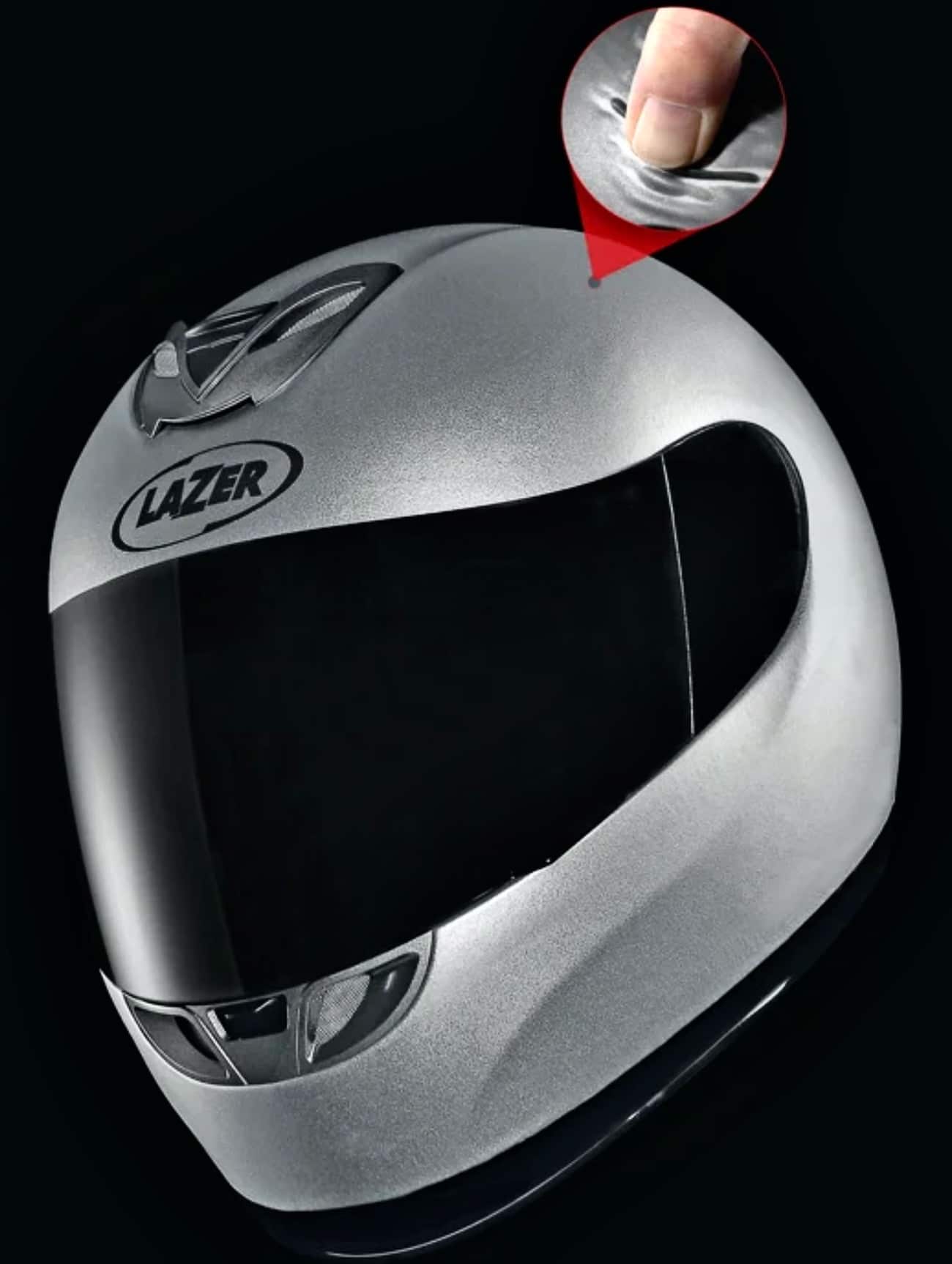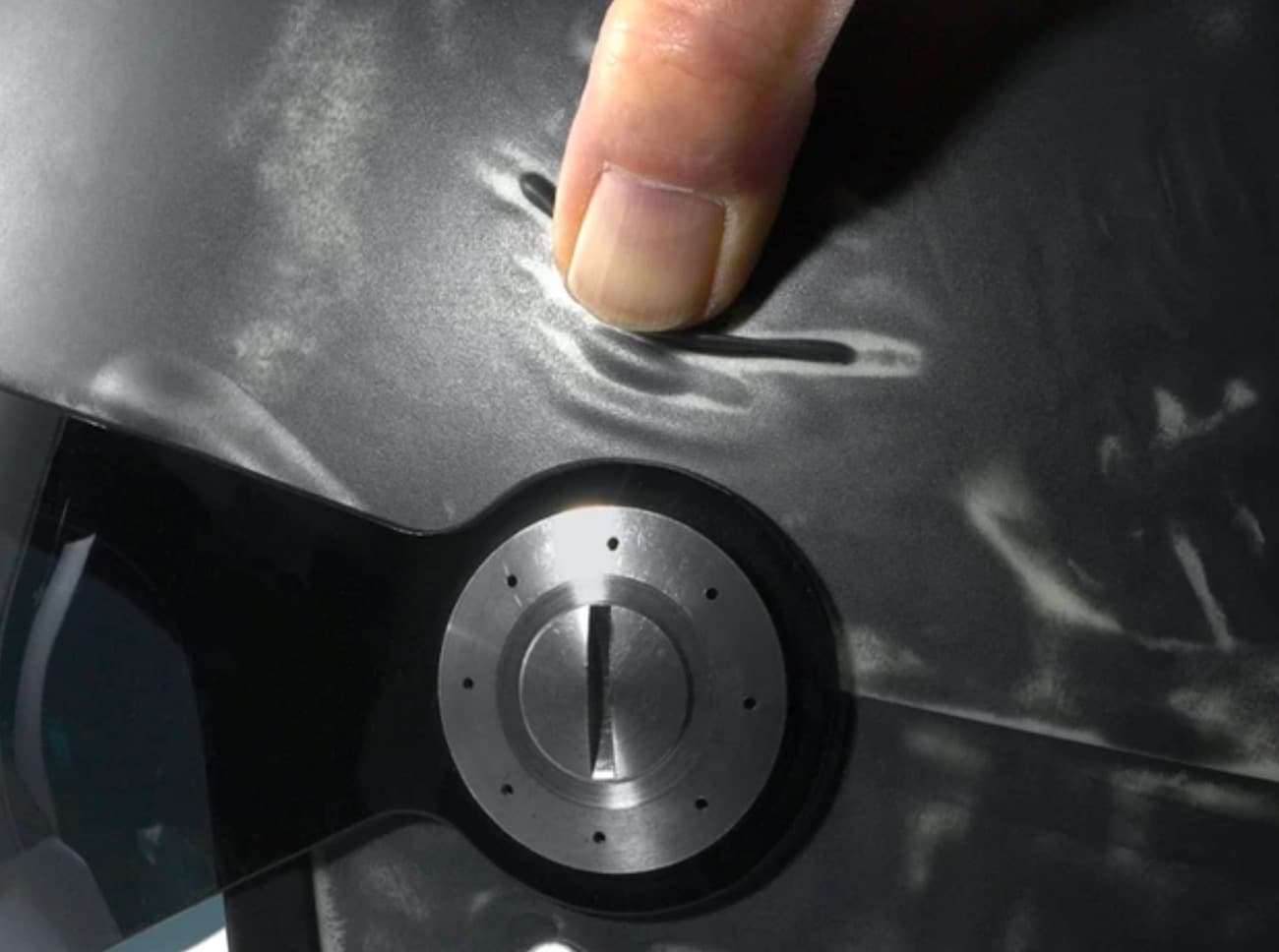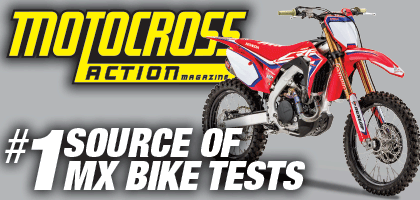FORGOTTEN MOTOCROSS TECH: THE FIRST ROTATION IMPACT HELMET
 Motocross history is filled with examples of creative ideas that were heralded as groundbreaking, but, because of the rapid rate of change in development, sank into the swamp of forgotten technology. Although some ideas are best left abandoned, others were truly innovative (if not ultimately successful). MXA loves to reveal motocross’ tech trivia. Do you remember this idea? The 2009 Lazer SuperSkin helmet.
Motocross history is filled with examples of creative ideas that were heralded as groundbreaking, but, because of the rapid rate of change in development, sank into the swamp of forgotten technology. Although some ideas are best left abandoned, others were truly innovative (if not ultimately successful). MXA loves to reveal motocross’ tech trivia. Do you remember this idea? The 2009 Lazer SuperSkin helmet.
Modern motocross helmets have focused on mitigating rotational impacts ever since 6D Helmets introduced its twin-liner, ODS-equipped ATR helmet in 2012. It was a major breakthrough in reducing “angular acceleration,” which occurs when the helmet hits the ground at an oblique angle as opposed to straight on. Since the 6D ATR was introduced, virtually every helmet on the showroom floor has a rotational impact component. You may have heard of MIPS, Flex, MEDS, AIS, ODS or MoRE, but before any motorcycle helmet company focused on angular acceleration, there was the Lazer SuperSkin helmet.
The SuperSkin idea was simple. It was based on human skin. When your skin hits the ground at an oblique angle, it slides. The SuperSkin helmet used this same organic strategy. The helmet was covered in a flexible, lubricated membrane called SuperSkin that decreased rotational forces when the helmet hit the ground. It allowed the Lazer helmet to slide rather than catch and twist. Lazer claims that its innovative SuperSkin reduced the rotational effect by 60 percent in the critical milliseconds following initial contact.
The Belgian company does not make the SuperSkin helmet anymore, and Lazer Helmets have never been popular in the USA.








Comments are closed.